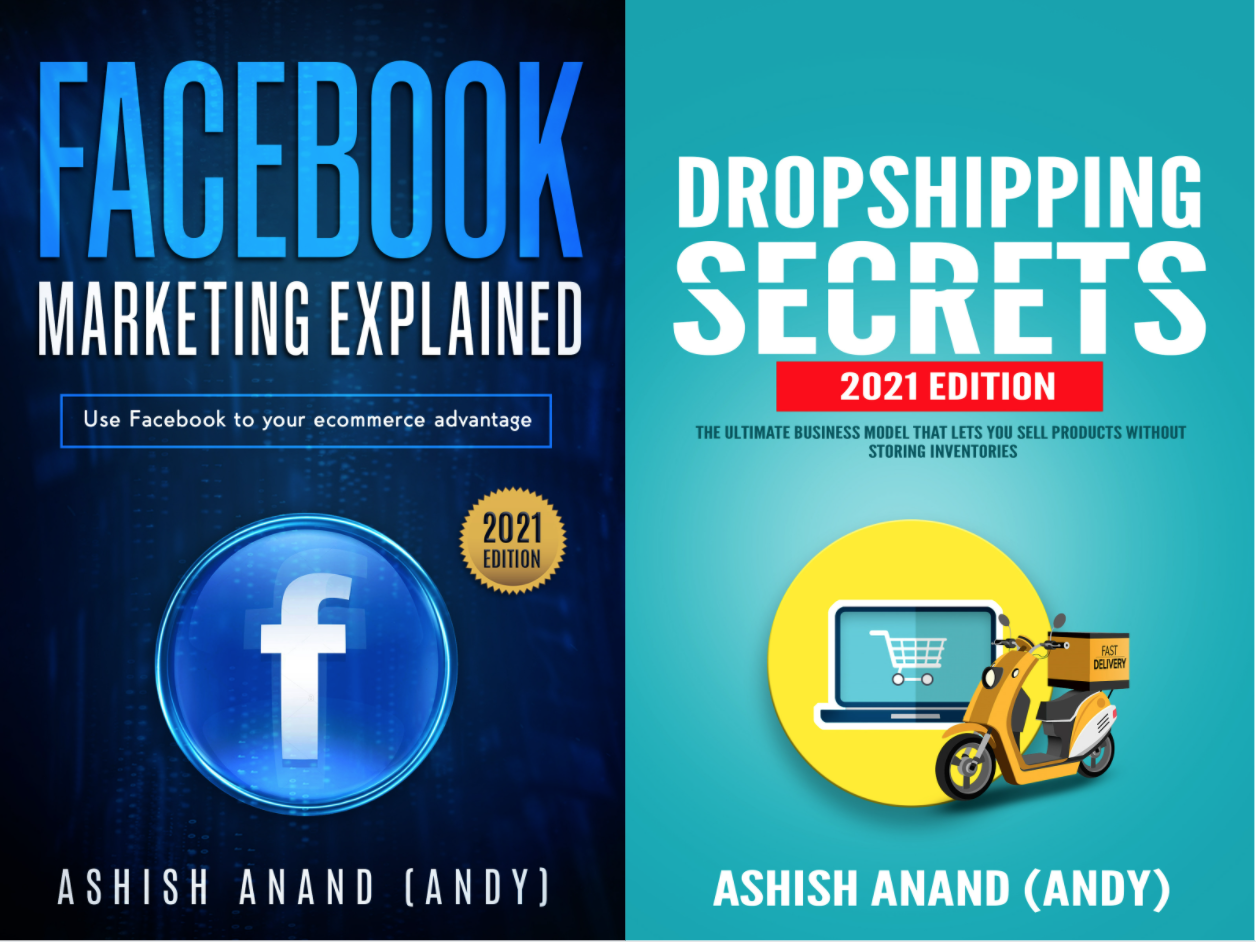In an era dominated by digital noise and fleeting social media trends, the press release remains a cornerstone of strategic communication. Yet, its enduring value is not in its existence but in its execution. A poorly crafted press release is a missed opportunity, destined for the digital trash heap. A masterfully executed one, however, can generate significant media coverage, enhance brand credibility, boost SEO, and directly influence business objectives.
The difference lies in moving beyond the simple act of announcing news to embracing the art and science of modern press release best practices. This is not about following a rigid template; it’s about understanding what makes a story compelling, how journalists think, and what drives audience engagement today.
The Foundation: Is It Actually Newsworthy?
The single most important best practice is also the most frequently ignored: ensuring your announcement is genuinely newsworthy. Before you write a single word, ask yourself: “Why would a journalist or their audience care?”
Journalists are gatekeepers to the public, not megaphones for your brand. They seek stories that inform, educate, entertain, or impact their readers. Newsworthy angles include:
-
Significant Innovation: Launching a truly novel product or service that changes an industry.
-
Data and Research: Publishing unique survey results, market trends, or insightful reports.
-
Major Milestones: Celebrating a major anniversary, a record-breaking achievement, or a significant expansion.
-
Strategic Partnerships: Announcing a collaboration between two notable entities.
-
Expert Commentary: Positioning a company leader as a thought leader on a breaking news trend.
If your news doesn’t pass this test, consider another communication channel, like a blog post or social media update. Forcing a non-story into a press release format erodes your credibility with the media.
Crafting the Perfect Press Release: A Section-by-Section Guide
Once you have a legitimate story, the structure and content of your release must be impeccable.
1. The Headline: Your Make-or-Break First Impression
Your headline has less than three seconds to capture a journalist’s attention. It must be compelling, concise, and packed with the most important benefit. Avoid marketing fluff and hype words like “groundbreaking” or “revolutionary.” Instead, be specific and benefit-driven.
-
Weak: ACME Corp Launches a Revolutionary New Platform
-
Strong: ACME Corp’s New AI Platform Reduces Manufacturing Energy Costs by 20%
2. The Dateline and Lead Paragraph: The Who, What, When, Where, and Why
The first paragraph should be a self-contained summary of the entire story. It must immediately answer the five key journalistic questions. A journalist should understand the core of your announcement from the lead alone.
Example: “BOSTON, MA – [Date] – GreenTech Solutions today announced the launch of its solar-powered water purification unit, ‘AquaPure,’ designed to provide clean drinking water to off-grid communities. The unit, which can purify up to 1,000 liters per day using only solar energy, addresses a critical need for an estimated 100 million people worldwide.”
3. The Body: Quotes, Data, and Context
This is where you expand on the details. Use the body to provide:
-
Supporting Facts: Elaborate on how the product works, the specifics of the partnership, or the methodology behind your data.
-
Quotes: Include quotes from key executives, partners, or customers. A good quote adds a human element, provides opinion, and reinforces key messages. It should sound like something a real person would say, not corporate jargon.
-
Background: Briefly state your company’s mission or context to establish credibility.
4. The Boilerplate: Your Company’s Consistent Identity
The boilerplate is a short, standard “About Us” paragraph that appears at the end of every release. It should consistently describe what your company does, its mission, and its key differentiators. Keep it to around 100 words and ensure it’s updated.
5. The Call to Action and Media Contact
End with a clear, simple call to action, such as “For more information, visit [website]” or “Download the white paper at [link].” Crucially, always include full media contact information—name, title, phone number, and email—making it as easy as possible for a journalist to follow up.
Modern Must-Haves: SEO and Multimedia
The digital age has added critical layers to the traditional press release format.
-
SEO Optimization: Identify 2-3 relevant keywords (e.g., “sustainable manufacturing,” “remote work software”) and naturally incorporate them into the headline, subheadings, and body. This helps your release rank in search engines, extending its lifespan and reach.
-
Integrate Multimedia: A press release is no longer just text. Journalists are far more likely to engage with content that includes high-quality assets. Always include:
-
A relevant, high-resolution image or an embed code for a video.
-
An infographic summarizing key data.
-
A link to a product demo or a speaker’s bio.
-
Including these elements directly in the distribution or in a linked media kit is a best practice that dramatically increases pickup rates.
-
Distribution and Follow-Up: The Final Mile
Even a perfect press release is useless if no one sees it.
-
Targeted Distribution: Use a reputable distribution service to reach a broad wire, but also supplement this with targeted pitching. Research and personally email specific journalists whose beats align with your story. A personalized pitch email should be short and explain why the story is relevant to their specific audience.
-
Strategic Follow-Up: If you don’t hear back, a single, polite follow-up email 2-3 days later is acceptable. Do not pester journalists. Your follow-up should offer additional value, such as, “Just wanted to ensure you saw our announcement about X. I’m happy to connect you with our CEO for an interview if you’re working on a story about supply chain innovation.”
By adhering to these best practices, you transform the press release from a simple announcement into a powerful strategic tool. It becomes a catalyst for conversations, a builder of brand authority, and a proven driver of business growth.
Frequently Asked Questions (FAQs) About Press Release Best Practices
1. How long should a press release be?
The ideal length for a press release is between 300 and 500 words. It should be long enough to convey the essential information compellingly but concise enough to respect a journalist’s time. The goal is to provide all necessary details without fluff. If your story requires more in-depth explanation, link to a full report or a detailed blog post from the release.
2. What is an embargo, and when should I use one?
An embargo is a request to journalists to not publish a story until a specified date and time. It is used when you need to provide media with early access to complex information—such as financial earnings, a major product launch, or a scientific study—to allow for proper research and writing. You must clearly mark “EMBARGOED UNTIL [Date and Time]” on the release and obtain the journalist’s agreement before sending. Do not use an embargo for routine announcements.
3. Are links in a press release important?
Absolutely. Links are critical for the modern press release. They drive traffic to your website, serve as a call to action, and are essential for search engine optimization (SEO). Use descriptive anchor text for your links (e.g., “download the full report here”) rather than generic “click here” text. Each link should point to a relevant and valuable destination, such as a product page, a landing page, or a high-resolution image.
4. Can I include customer testimonials in a press release?
Yes, including a brief, powerful customer quote can significantly boost credibility. A third-party endorsement is more persuasive than brand-generated claims. However, you must always have the customer’s explicit permission to use their name, title, and company in the release. The quote should be authentic and focus on the benefit or outcome they experienced.
5. How do I measure the success of a press release?
Success should be measured against your initial goals, not just a single metric. Key Performance Indicators (KPIs) include:
-
Media Placements: The number and quality of pickups in target publications.
-
Website Traffic: An increase in visitors, especially from referral sources.
-
SEO Value: The number of quality backlinks generated from media sites.
-
Social Shares: How widely the release is shared across social platforms.
-
Lead Generation: An increase in inquiries or sign-ups linked to the release.
Using a tracking URL (like a UTM code) in your release is a best practice for accurately measuring web traffic and conversions.

